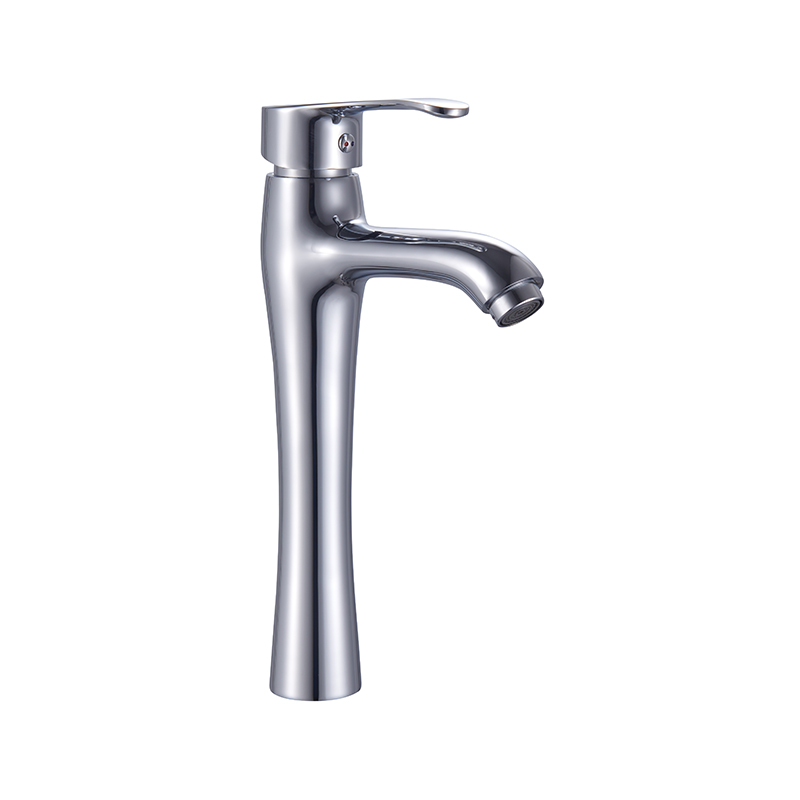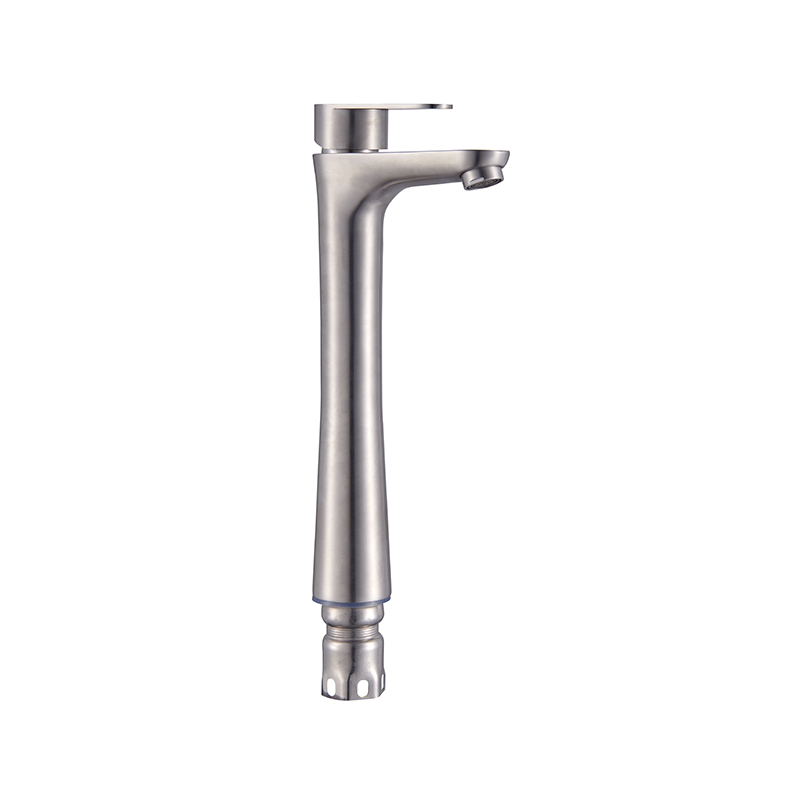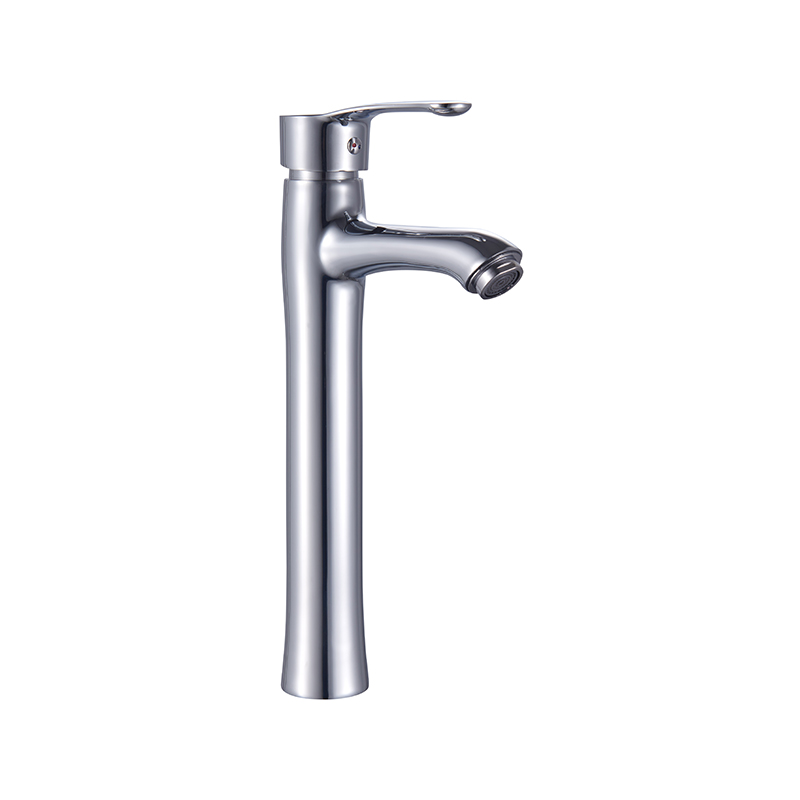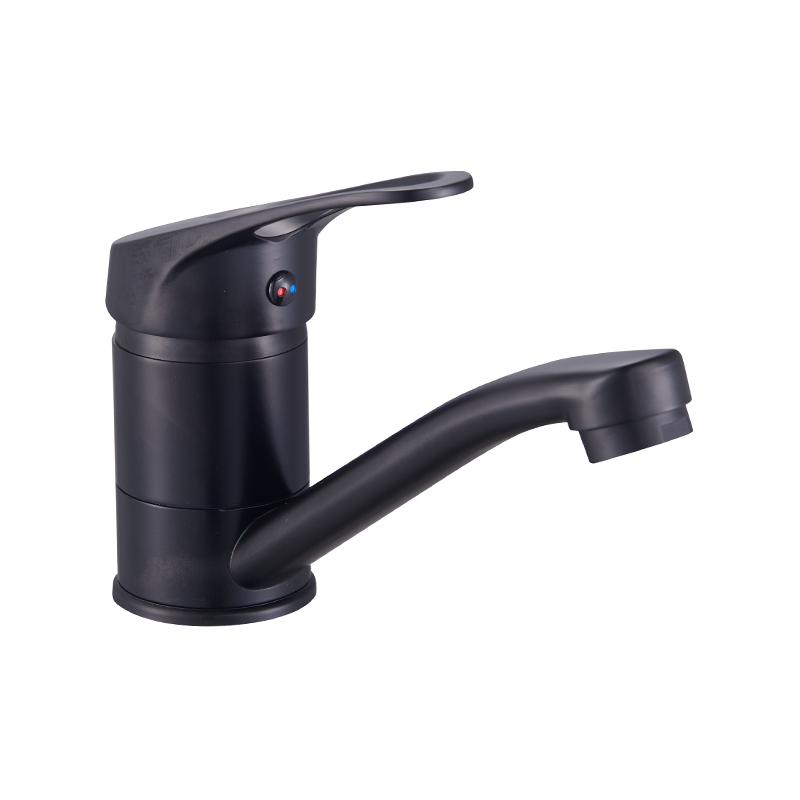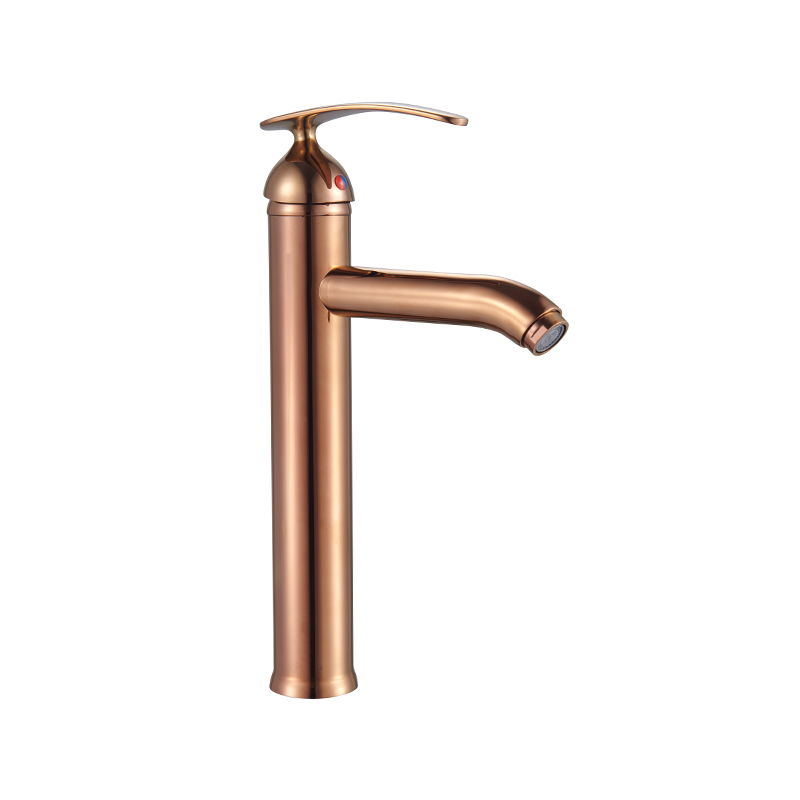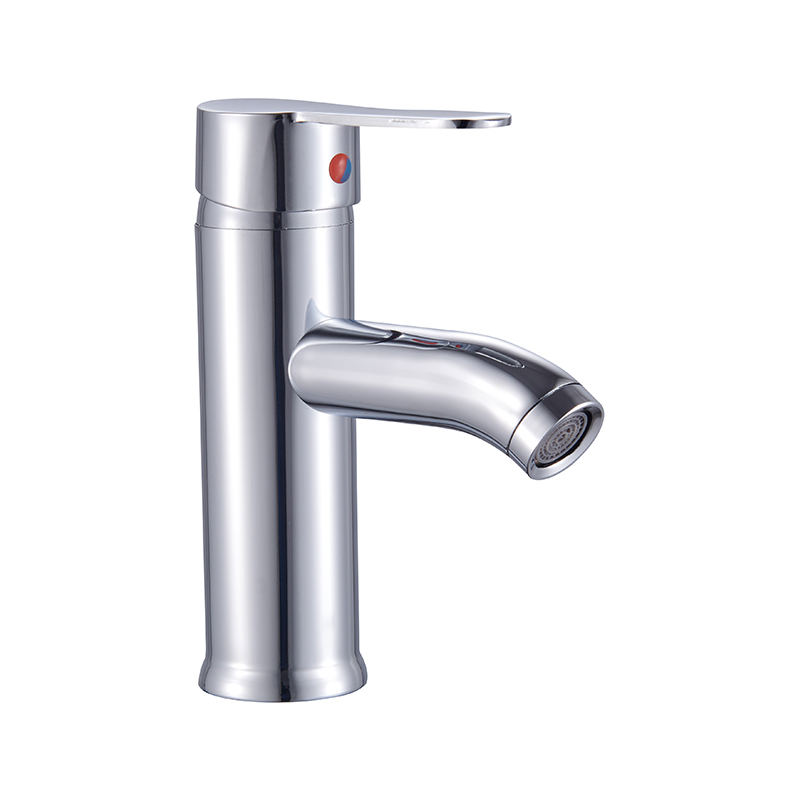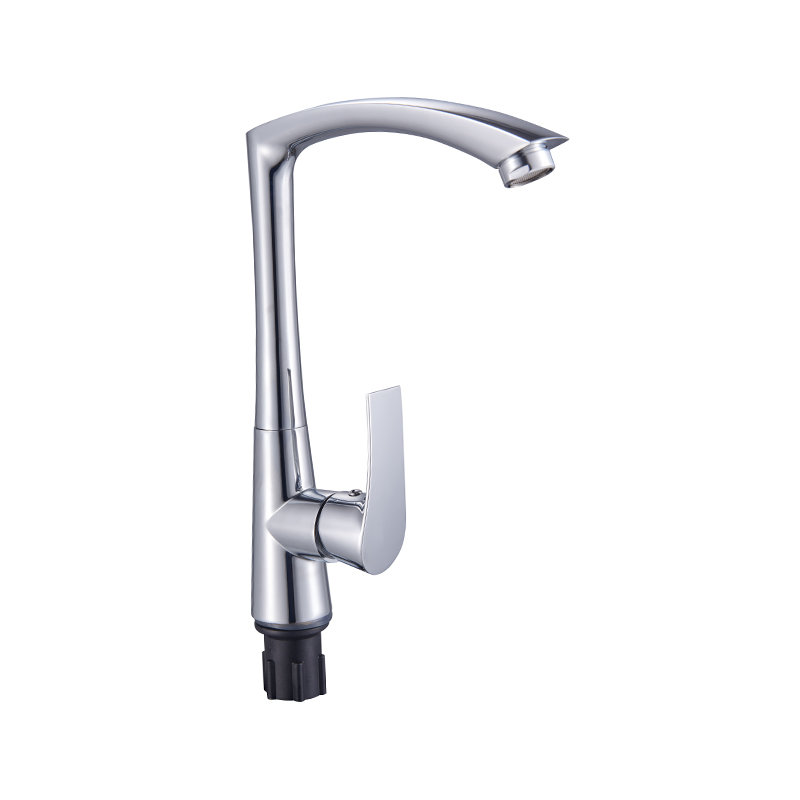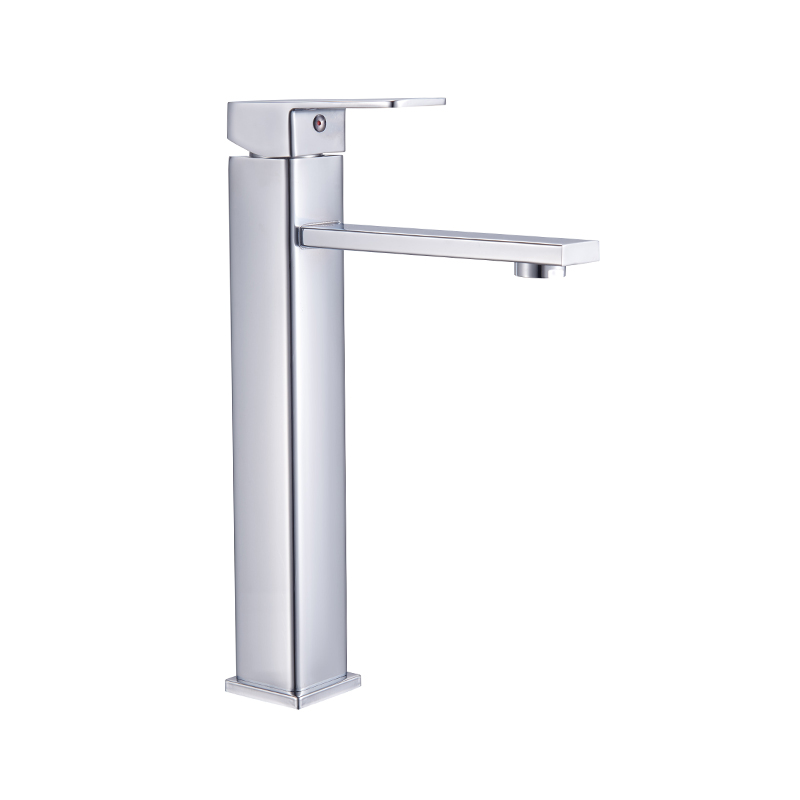The corrosion of the faucet means that the coating no longer protects it, so it is easy to oxidize, which will accelerate the rust of the faucet. At this time, we can apply a layer of maintenance oil on the faucet to protect the coating of the faucet and prevent corrosion.
We avoid highly alkaline liquids and solids contacting the coated faucet, which can also prevent the faucet coating from corroding.
When cleaning, do not wipe it directly with a steel wool ball, which will damage the coating, but you can use a scouring pad or a soft rag to scrub it. If there is an oil stain, it is recommended to use a neutral detergent, and it is usually cleaned directly with clean water.
To further enhance the longevity and appearance of your stainless steel basin mixer tap and stainless steel sink mixer, regular maintenance is essential. Stainless steel is known for its durability and resistance to corrosion, but it still requires proper care to maintain its aesthetic and functional qualities.
One effective way to keep your stainless steel basin mixer tap in good condition is to perform routine cleanings. It's ideal to establish a cleaning schedule that aligns with your usage patterns. For everyday cleaning, simply wiping down the faucet with a damp cloth can remove water spots and prevent soap scum buildup. This simple habit can make a noticeable difference in maintaining the faucet's shine and overall appeal.
In addition to routine cleanings, consider using a specialized stainless steel cleaner. These cleaners are designed to remove tarnish and restore the luster of stainless steel surfaces without causing damage. Always follow the manufacturer's instructions when applying these products, and remember to rinse thoroughly with water to avoid any residue that could attract dirt or grime.
While it's important to keep the surface clean, it's equally vital to address any leaks or drips promptly. A leaking stainless steel sink mixer can not only advance to water waste but may also create conditions that promote corrosion over time. If you notice any leaks, check the connections and seals. Tightening the fittings or replacing worn washers can often resolve minor issues. If leaks persist, it may be wise to consult a professional plumber to assess the situation.
Avoid using abrasive cleaners or harsh chemicals on your stainless steel fixtures. While these might seem effective, they can scratch and damage the protective layer, making the surface more susceptible to corrosion. Instead, opt for soft cloths and gentle cleaning solutions that will not compromise the integrity of the coating.
Moreover, consider the environment surrounding your stainless steel sink mixer. If your tap is frequently exposed to hard water or chemicals, this could affect its performance and appearance. Installing a water softener may be beneficial if hard water is a recurring issue. Additionally, using a faucet cover during periods of non-use can help protect it from dust and potential damage.
Lastly, it's worth noting that a well-maintained faucet not only enhances the functionality of your sink but also contributes to the overall aesthetics of your kitchen or bathroom. A stainless steel basin mixer tap that is clean and well-cared-for can serve as a focal point in your space, reflecting both style and practicality.
By implementing these maintenance tips, you can prolong the lifespan of your stainless steel sink mixer and ensure that it continues to perform effectively while looking its ideal. Regular attention and care can go a long way in preventing corrosion and keeping your fixtures in top condition for years to come.
 Language
Language
 English
English русский
русский Español
Español عربى
عربى Phone
Phone
 Email
Email



